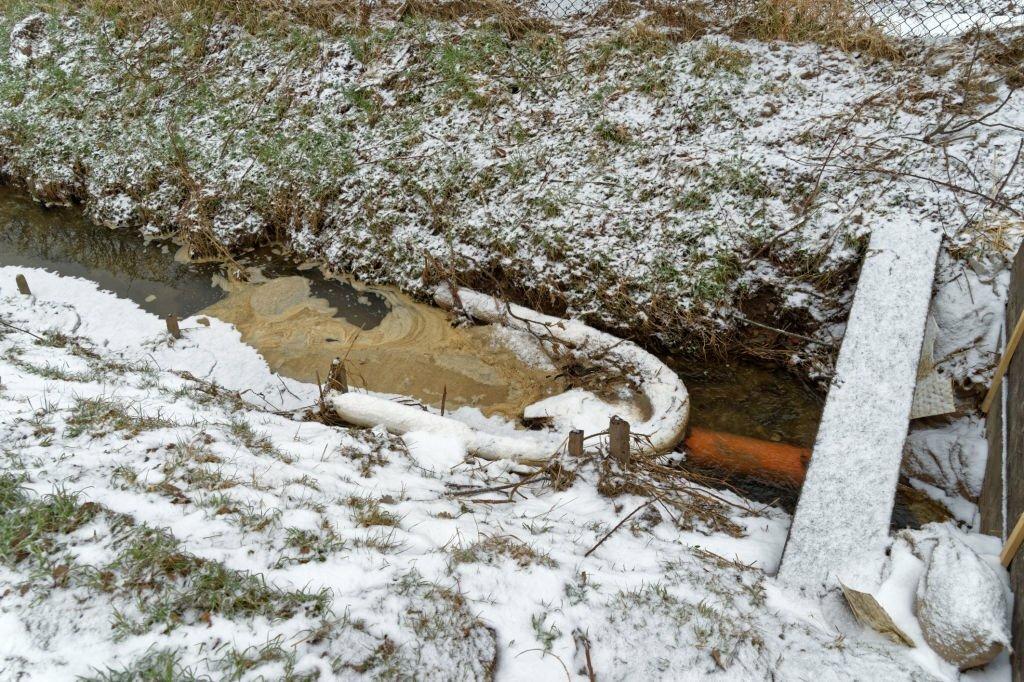Disposing of used fat and cooking oil and trapping grease is not such a pleasant thing in restaurants. Incorrect disposal grease trap waste of FOGs may lead to the risk of fines. As a restaurant owner, you are well aware of the contribution of grease traps and their role in making the interceptor environmentally viable. Truly speaking, grease-trapping equipment is indispensable in hotels, restaurants, or different businesses that are involved in food preparation and services.
Grease traps have been around for a long time, and today every food service from small-scale to large-scale focuses on cleaning and maintenance of the equipment. Unless it is cleaned and maintained properly, a host of environmental issues may crop up. That is why several food services are now considering recycling solid waste. What was once considered waste emerges as a valuable resource when recycled appropriately? That is how businesses can make serious efforts to mitigate environmental impact and improve profits.
Capturing solid waste:
Various devices capture solid waste in the food service industry. Here are the types of devices that help in separating grease in the food service industry:
- Manual traps are commonly used in restaurants and eateries. They are less expensive but you will need to appoint a grease trap cleaning company to remove the FOG manually.
- Interceptors are usually installed outside the kitchen, and majorly in facilities producing large quantities of FOG that also require regular maintenance.
- There are automatic traps that require no human intervention. Therefore, the separation of FOG from wastewater is entirely manual. As the mechanism suggests, the automatic equipment has a more efficient functioning and is widely used in restaurants and food services with large operations.
Best practices to make the most of recycling solid waste in commercial kitchens:
The authorities and local councils in Ireland recommend installing traps in commercial kitchens, primarily to protect the infrastructure of the local sewer, Furthermore, they need to make sure that no solid waste comprising fats, oil, and grease escapes into the water bodies. But before implementing the recycling program, you need to get services from the grease trap cleaning service and appoint them to train your employees about the proper disposal of waste. Here is what you need to know:
- Employees in your commercial kitchen need to know the proper methods of disposing of solid waste before it is recycled.
- Change the direction of the drains from the source of FOG production and direct them to grease interceptors.
- The employees must know that food and cooking oils must never be emptied into the garbage or separately collected for composting.
- Posting signs at appropriate places will keep reminding your employees of the exact way of disposing of FOGs.
Recycling FOG varies, depending on the restaurant, and needs to be customized based on the municipality and the region.
Method of recycling FOGs emerging from restaurants and food services:
Grease trap maintenance is a routine task that usually needs to take place every three months. During the process, the experts remove the cover of the trap and connect a pipe to it. Now this pipe brings out the liquid waste and pumps it into the storage unit. Thereafter, the trap is properly cleaned by using low-pressure water, and the cover is finally put back in place.
Here is how the waste matter is recycled:
- The recycling process has several steps that a service you choose for grease trap cleaning near me is aware of. So, as the owner of a restaurant, you too need to be aware of the process.
- The grease tries to enter the sewer system but quality equipment ensures that only liquid water enters the sewer system and the solid waste is collected by the trap.
- Once the trap collects the waste, it needs some time to settle down at the bottom during which the grease and food particles settle down while the oil and grease come floating to the top.
- Next, the cleaning company you appoint makes the water run into another compartment so that the residual food particles and oil settle down further.
- Once the particles are completely removed from the water, the clean water is directed to the underground sewer system.
- The waste collected in the truck is carried to the recycling plant and the water is made to evaporate by adding sawdust, peat moss, or wooden chips.
- The mixture is then left for microorganisms to complete the decomposition.
- The remaining residue is used as mulch for various agricultural activities.
There are various environmental benefits of using grease traps as they ensure that the kind of waste released from your commercial kitchen into water bodies is not toxic. Greaseco is one of the companies in Ireland that is best known for grease trap cleaning and maintenance. You can get their help to ensure that the waste from the interceptor is well-managed and never harms the environment.


